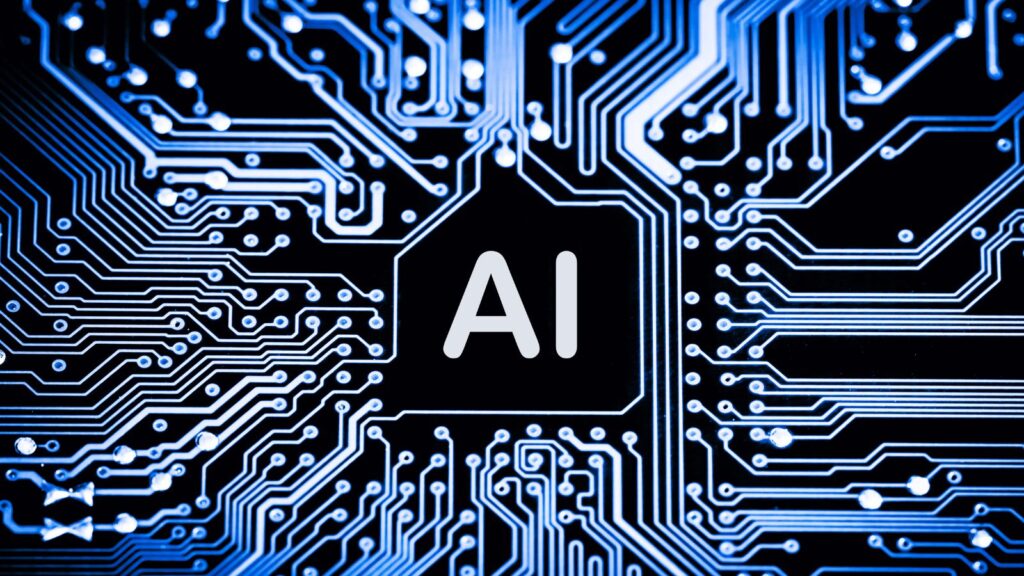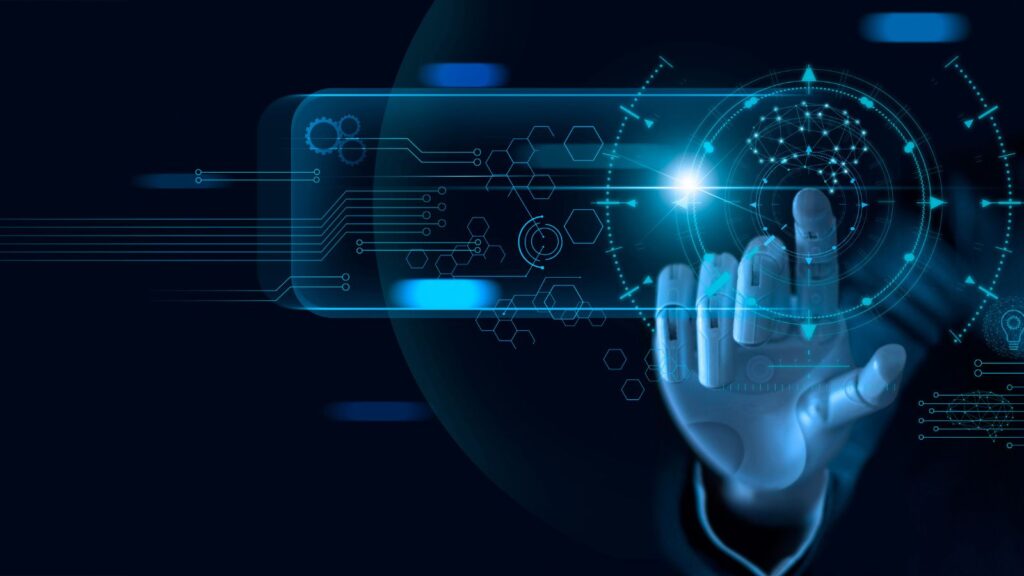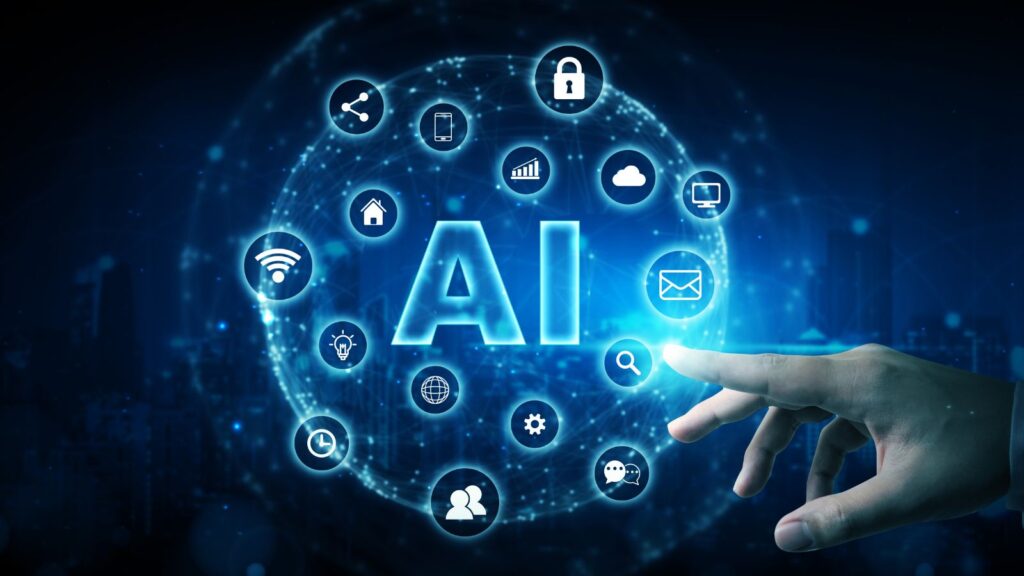AI is changing the way cities stay safe. From monitoring busy streets to helping police respond faster, artificial intelligence plays a big role in urban security. Smart cameras, predictive policing, and automated threat detection are just some of the ways AI is being used to improve safety. Governments and businesses argue that these technologies help prevent crime, reduce response times, and make public spaces more secure.
According to Private Internet Access (PIA), facial recognition and AI have transformed basic cameras into powerful tools capable of analyzing behavior and quantifying it. This means security systems can now recognize faces, detect unusual activity, and even predict potential threats before they happen. While this improves safety, it also raises serious concerns about privacy. How much surveillance is too much? Can AI be trusted to make fair and accurate decisions? Some worry that constant monitoring could invade personal freedoms or lead to mistakes, such as misidentifying innocent people.
AI-Powered Surveillance Systems
AI-powered surveillance systems are changing the way cities monitor public spaces. Smart cameras equipped with artificial intelligence can detect threats in real-time, allowing security teams to respond faster and more effectively.

These systems analyze video footage continuously, identifying suspicious activities such as unattended bags, aggressive behavior, or unauthorized access to restricted areas. They can also track movement patterns, helping authorities spot potential risks before incidents occur.
Automated behavior recognition enhances security by reducing human error and ensuring round-the-clock monitoring.
However, this level of surveillance raises concerns about privacy and data misuse. While AI improves safety, it also increases the risk of excessive monitoring. Striking the right balance between security and personal privacy remains a key challenge for modern cities.
Facial Recognition Technology
Facial recognition technology is transforming urban security by enabling rapid identification of individuals in public spaces. AI-powered cameras can scan faces and match them against databases to identify suspects, missing persons, or unauthorized individuals.
This helps law enforcement respond quickly to security threats and enhances access control in restricted areas. Airports, train stations, and public buildings increasingly rely on facial recognition to improve safety and efficiency.
However, this technology raises concerns about privacy, data security, and potential misuse. Errors in facial recognition, such as misidentifications, can lead to wrongful accusations, while mass surveillance may infringe on personal freedoms. As cities adopt this technology, it is crucial to find a balance between enhancing security and protecting individual privacy rights.
Predictive Policing and Crime Prevention
Predictive policing uses AI to analyze crime patterns and help law enforcement prevent criminal activity before it happens. By studying historical data, AI can identify high-risk areas, forecast potential crimes, and assist police in allocating resources more efficiently. This allows officers to focus on crime hotspots, improving response times and overall public safety.
AI can also detect trends in criminal behavior, helping authorities take proactive measures. However, predictive policing has its challenges. There are concerns about bias in data, as AI models can reinforce existing inequalities if they rely on flawed or incomplete information. Additionally, the use of AI in policing raises ethical questions about privacy and fairness. Striking a balance between crime prevention and protecting civil liberties is essential.

Automated Threat Detection
Automated threat detection uses AI to identify potential dangers in real-time, making urban security more responsive and efficient. AI-powered systems can scan public areas, surveillance footage, and digital data to detect unusual objects, behaviors, or events that could indicate a security threat.
For example, AI can automatically flag unattended bags, identify weapons, or track suspicious movements, instantly alerting security personnel. This technology helps reduce human error and provides continuous monitoring without fatigue.
However, the widespread use of automated threat detection raises concerns about over-surveillance and privacy. The accuracy of AI systems is also a key issue—false alarms or misdetections could lead to unnecessary disruptions or even wrongful actions. Balancing the benefits of enhanced security with the need for privacy is crucial as this technology evolves.
Conclusion
AI is transforming urban security, offering benefits like improved crime prevention, faster responses, and enhanced public safety. Technologies such as AI-powered surveillance, facial recognition, predictive policing, and automated threat detection help cities stay safer and more efficient.
However, these advancements raise important privacy concerns. While AI can reduce crime and identify risks, it also risks over-surveillance, biased decisions, and data misuse. Striking the right balance between security and personal freedoms is crucial. As cities adopt AI in their security systems, it’s essential to ensure that technological progress doesn’t infringe on individual rights and privacy.

